A Lumbar Puncture (Spinal Tap)
A Lumbar Puncture (LP) or spinal tap may be performed to diagnose or treat the condition. For this procedure, a doctor inserts a hollow needle into the space around the spine (subarachnoid space) in the lower back to remove cerebrospinal fluid (CSF) or inject medication.
CSF is a clear fluid that bathes and cushions the brain area and spinal cord. It is constantly made and reabsorbed into the brain. CSF consists of cells, water, proteins, sugars, and other substances necessary to maintain the balance of the nervous system.
Why Might I Need A Lumbar Puncture?
Lumbar piercing can be done for many reasons. The most common reason is to remove a small amount of Cerebrospinal fluid for testing. It can help diagnose various disorders. The fluid is tested for red blood cells, white blood cells, protein, and glucose (sugar). The liquid is also checked for clarity and color and tested for bacteria, viruses, or abnormal cells. Excess CSF can also be removed from people with overproduction or fluid absorption.
A Lumbar Puncture can be useful in the diagnosis of many diseases and disorders, including:
- Meningitis: Inflammation of the membrane covering the brain area and spinal cord. Inflammation is generally the result of a viral, bacterial, or fungal infection.
- encephalitis: Inflammation of the brain area, usually caused by a virus. Certain cancers of the brain and spinal cord Bleeding in the area between the brain and the tissues that cover it (subarachnoid space)
- Reye’s syndrome. A sometimes fatal disease that causes serious problems in the brain and other organs. Although the exact cause of the disease is unknown, it has been linked to the administration of aspirin to children. It is now recommended not to give aspirin to children during illness unless instructed to do so by your child and health care provider.
- Myelitis: Inflammation of the spinal cord area or bone marrow.
- Neurosyphilis: The stage of syphilis is when the bacteria invade the central nervous system.
- Guillain-Barré syndrome: A disorder in which the body and immune system attack part of the nervous system.
- Demyelinating diseases: Diseases that attack the protective covering around certain nerve fibers – such as multiple sclerosis or acute demyelinating polyneuropathy.
- Headache of unknown cause: After evaluation and, if necessary, imaging of the head, a lumbar puncture may be performed to identify any inflammatory conditions that may be causing the headache.
- Pseudotumor cerebri diseses (also called idiopathic intracranial hypertension or IIH). In this condition, the pressure in the subarachnoid space is elevated for unclear reasons. A lumbar puncture is performed in this condition only after evaluation and imaging of the head.
- Normal pressure water head. A rare disease that mainly affects the elderly and manifests as a triad of loss of urinary control, memory problems, and unsteady gait. A lumbar puncture is done to find out if the CSF pressure is elevated or not.
- Additionally, a lumbar puncture can be used to measure CSF pressure. The doctor provider uses a special tube (called a manometer) to measure the pressure during a lumbar puncture.
- Finally, a lumbar puncture can be done to inject the drug directly into the spinal cord.
They include:
- Spinal anesthesia before surgery
- Contrast dye for X-ray examinations – for example, myelography
- Chemotherapy drugs to treat cancer
What Are The Risks Of A Lumbar Puncture?
Although a lumbar puncture (a tap on the back) is generally considered safe, there are some risks associated with it. They include:
- Post-lumbar puncture headache: Up to 25% of people who receive a lumbar puncture will later develop a headache from fluid leaking into nearby tissues. The headache usually begins several hours to two days after the procedure and may be accompanied by nausea, vomiting, and dizziness. The headache usually occurs while sitting or standing and disappears when lying down. Post-lumbar stabbing pains can last from a few hours to a week or longer.
- Discomfort or pain in the back: After the procedure, you may feel pain or tenderness in your lower back. The pain can radiate to the back of the legs. Hemorrhage. Bleeding may occur near the injection site or rarely in the epidural space.
- Herniation of the brainstem: Increased pressure in the skull caused by a brain tumor or other space-occupying lesion can cause compression of the brainstem after a CSF sample is removed. To rule out this rare complication, a computed tomography (CT) or magnetic resonance imaging (MRI) scan is often performed before a lumbar puncture to look for signs of a space-occupying lesion causing increased intracranial pressure. A detailed neurologic examination can also help rule out a significant space-occupying lesion.
Indications
- Suspected central nervous system (CNS) infection (acute bacterial meningitis, viral meningitis,
- Encephalitis, subacute or chronic meningitis)
- Suspected multiple sclerosis or autoimmune encephalitis (eg, anti-NMDAR encephalitis)
- Suspected spontaneous subarachnoid hemorrhage not diagnosed on neuroimaging or when immediate neuroimaging is not available
- Suspicion of idiopathic intracranial hypertension
- Suspicion of intracranial hypotension
Other central nervous system disorders including Guillain-Barré syndrome, leptomeningeal metastases(carcinoma meningitis), genetic metabolic encephalopathy, Administration of radioactive contrast material for myelography
- Decide in advance what information you need about the lumbar puncture and what tests you need. Confirm unusual test requirements with the clinical laboratory before starting the procedure.
Therapeutic indications
- Reduction of intracranial pressure(ICP) in idiopathic intracranial hypertension
Contraindications
Absolute contraindications
- Suspected infection (eg, cellulitis, abscess) at or near the needle insertion site: Use an alternative, non-infectious site if possible. This involves a suboccipital (cistern) or cervical (C1-C2) approach and is always performed under fluoroscopy guidance.
Relative contraindications
- Suspected intracranial pressure due to an intracranial mass (eg, tumor, brain abscess, or blood) that may cause transtentorial or cerebellar herniation after lumbar puncture*. If suggestive findings (eg, focal neurologic deficit, altered mental status, papilledema, evidence of herniation) are noted, obtain CT or MRI prior to lumbar puncture. (However, CT or MRI cannot always predict hernia risk.)
- Coagulopathy (eg international normalized ratio [INR] quotient; 1.5, including therapeutic anticoagulation; thrombocytopenia [andlt; 50,000/mcL, 50 x 109/l] or pathologically prolonged activated partial thromboplastin time) that may lead to prior repair of lumbar hematomas. procedure.†
- Cardiopulmonary failure or respiratory distress that may worsen during a lumbar puncture in the supine position
- Anatomical anomalies at the insertion site (eg, spinal fusion, laminectomy, congenital anomalies) Bacteremia after a lumbar puncture has not been shown to predispose to meningitis, so it is not a contraindication.
How Do I Prepare For a Lumbar Puncture?
- You are taking antibiotics – If you are currently taking antibiotics for a blood infection, you may have to wait for the procedure. If you have an active infection or fever, the procedure may need to be rescheduled. you are allergic to any local anesthetic (lidocaine).
- you are taking anticoagulant therapy (blood thinners)
- PRECAUTIONS: If you are pregnant or suspect pregnancy, consult your doctor before booking the test. Other options should be discussed with the patient and your doctor.
- CLOTHES: You may be asked to change clothes. You are offered a suit. However, the procedure can also be done from home in your clothes. Therefore, try to wear loose, comfortable clothes and avoid shoes if possible. Remove all piercings and leave all jewelry material and valuables at home.
- EAT/DRINK: Try to increase your fluid intake (such as water and juice) in the two days before the procedure, unless you are sick enough to do so safely. If you are not sure if this is safe for you, contact your primary care provider or referral provider.
- But on the day of the procedure, do not eat three hours before the procedure. You can drink fluids and take your usual medications unless you have been told in advance that you must keep certain medications in preparation for the lumbar puncture.
- MEDICATIONS: All patients can take their prescribed medications as usual, unless they have been told to keep certain medications, such as blood thinners. Bring an updated list of the patient’s medications and allergies.
- TRAVEL: You must have an adult driver with you so they can drive you home after the procedure. This is for patient safety and comfort.
- Arrive one hour before your scheduled procedure time to check in and prepare for the procedure.
- Note: You cannot drive a car for 24 hours after the procedure. If you take a taxi or use public transport, you must take a friend or family member home or to the hotel after the procedure. A taxi or public transport driver is not considered an escort.
What Happens During A Lumbar Puncture?
A lumbar puncture can be performed on an outpatient basis or as part of your hospital stay. Procedures may vary depending on your condition and doctor and practice. Some healthcare providers may prefer to do this procedure at the bedside or do it under real-time X-ray guidance, called fluoroscopic guidance.
- This process is usually followed by a lumbar puncture
- The patient will remove any clothing, jewelry, or other items that may interfere with the procedure
- You will be given a cloth outfit to wear.
- You will be reminded to empty the patient’s bladder before starting the procedure.
- During a lumbar puncture, you may lie on your side on the exam table with your chin against your chest and knees against your stomach. Or you can sit on the edge of the exam table with your arms spread across the table in front of you. In both positions, the back is curved, which helps to increase the space between the vertebrae.
- Therefore, your back will be cleaned with an antiseptic solution and covered with sterile towels. The healthcare worker wears sterile gloves during the procedure.
- The service provider numbs the skin by injecting a local anesthetic. This injection may sting for a few seconds, but it makes the lumbar puncture less painful.
- A hollow needle is inserted through numb skin into the space where the cerebrospinal fluid resides. You will feel pressure when the needle is inserted in the back. You must remain completely still while the needle is inserted.
- CSF begins to drip from the needle and a small amount, about one teaspoon, is collected in test tubes. If the provider needs to inject the drug into the spinal canal, it is administered with the same needle after the CSF is collected.
- After the procedure is completed, the needle is removed and a bandage is placed over the injection site. Test tubes are taken to the laboratory for finding results.
- Tell your doctor if you experience numbness, tingling, headache, or dizziness during the procedure.
The patient may feel discomfort during a lumbar puncture. Your healthcare providers will use all available comfort measures and perform the procedure as quickly as possible to minimize discomfort or pain.
What Happens After A Lumbar Puncture?
It helps reduce the frequency of headaches. You can roll from side to side as long as your head is not raised. If you need to urinate, you may need to urinate in a potty or urinal while you have to lie flat.
After the procedure, you will be asked to drink extra fluids. It replaces the cerebrospinal fluid removed by exposure to the spinal cord and reduces the possibility of headaches.
After recovery, you can be hospitalized or discharged. When you go home, your doctor will usually tell you to rest for the rest of the day
When you are home, tell your provider about anything unusual, such as:
- Numbness and tingling in the legs
- Bleeding or pain injection site
- Inability to urinate
- Headache.
Side Effects Of Lumbar Puncture
You may experience some side effects after a lumbar puncture, such as:
- Headache
- Back pain
- Bleeding or clear fluid coming out from where the needle entered your back
- Swelling where the needle entered the back
- These side effects are common and disappear after a few days.
Complications
- Prolonged back pain
- Infection
- Nerve damage that can cause long-term pain, tingling, or numbness in the hands or feet
- Hearing loss
- Double vision
- Blood clots
FAQ
What are the signs of a lumbar puncture?
Suspicion of meningitis or encephalitis.
Suspicion of arachnoid hemorrhage with normal CT.
Diagnosis, monitoring, and treatment (with intrathecal drugs) of various hematological, malignant, and neurological disorders.
What are the risks of a lumbar puncture?
In very rare cases, infections, bleeding, or other complications requiring hospitalization can occur after a lumbar puncture.
A lumbar puncture should not be performed if the skin at the insertion site is inflamed, if the intracranial pressure is too high, or if the risk of bleeding increases.
Can a lumbar puncture cause nerve damage?
Nerve damage after a lumbar puncture is very rare (1 in 1,000 cases). Sometimes during the procedure, the nerves floating in the liquid can touch the edges of the needle, causing them to be stimulated, when this happens, it causes a tingling sensation in the leg for a few seconds. This is extremely rare.
What is the most common reason for lumbar puncture?
Lumbar piercing can be done for many reasons. The most common reason is to remove a tiny amount of CSF for testing. It can help diagnose various disorders. The fluid is tested for red blood cells, white blood cells, protein, and glucose (sugar).
What can be observed from the lumbar point?
Serious bacterial infection, fungal and viral infections including meningitis disease, encephalitis, and syphilis. Bleeding in the brain area (subarachnoid hemorrhage) Certain cancers of the brain or spinal cord. Certain inflammatory conditions of the nervous system, such as multiple sclerosis disease and Guillain-Barre syndrome
References
- Website, N. (2023, December 21). Lumbar puncture. nhs. uk. https://www.nhs.uk/conditions/lumbar-puncture/
- Website, N. (2023, December 13). Lumbar puncture. nhs. uk. https://www.nhs.uk/conditions/lumbar-puncture/
- Greenlee, J. E. (2023, December 8). How To Do Lumbar Puncture. MSD Manual Professional Edition. https://www.msdmanuals.com/en-in/professional/neurologic-disorders/how-to-do-lumbar-puncture/how-to-do-lumbar-puncture
- Lumbar puncture (spinal tap) – Mayo Clinic. (2022, April 30). https://www.mayoclinic.org/tests-procedures/lumbar-puncture/about/pac-20394631
- De Pietro Crt, M. (2022, May 31). Lumbar Puncture. Healthline. https://www.healthline.com/health/lumbar-puncture#purpose
- Lumbar Puncture. (2021, August 8). Johns Hopkins Medicine. https://www.hopkinsmedicine.org/health/treatment-tests-and-therapies/lumbar-puncture

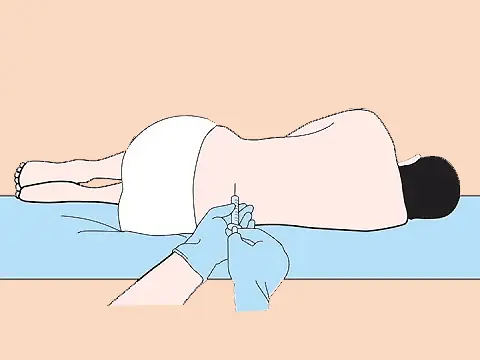
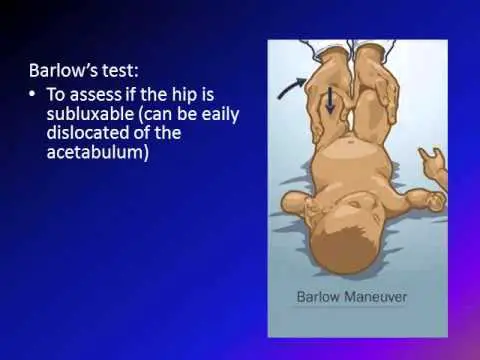
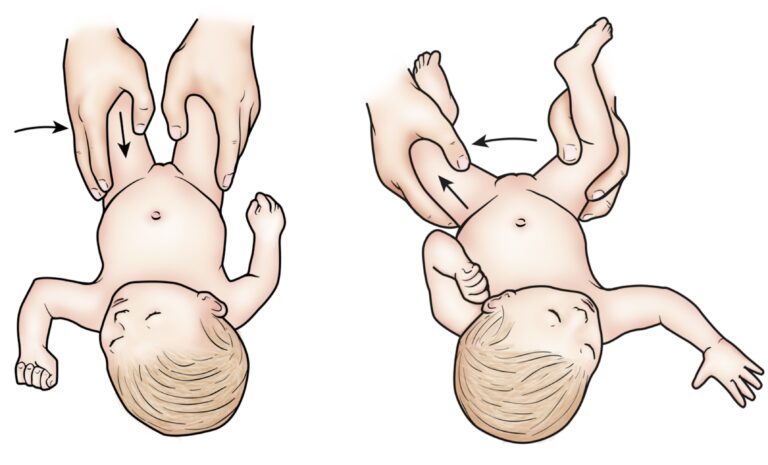
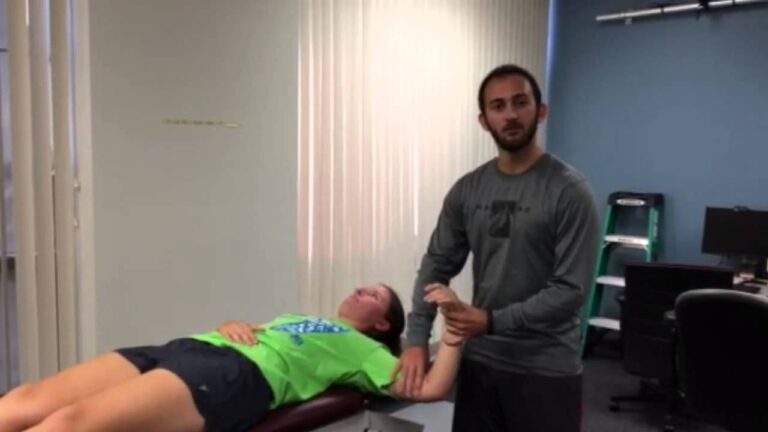
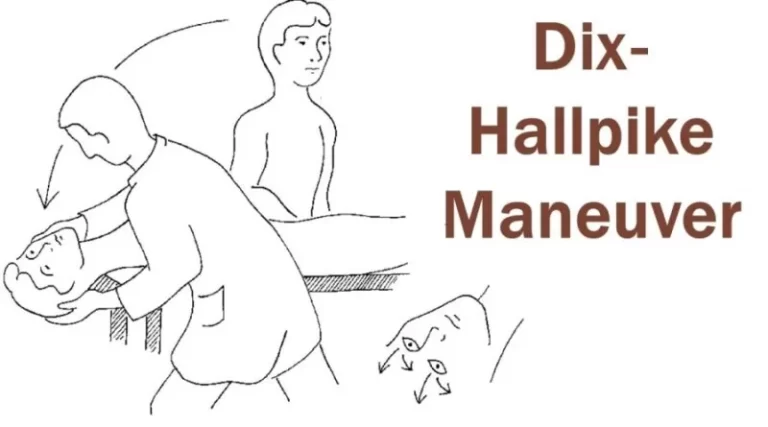
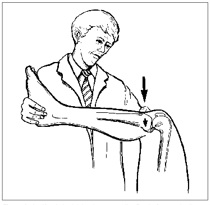

2 Comments